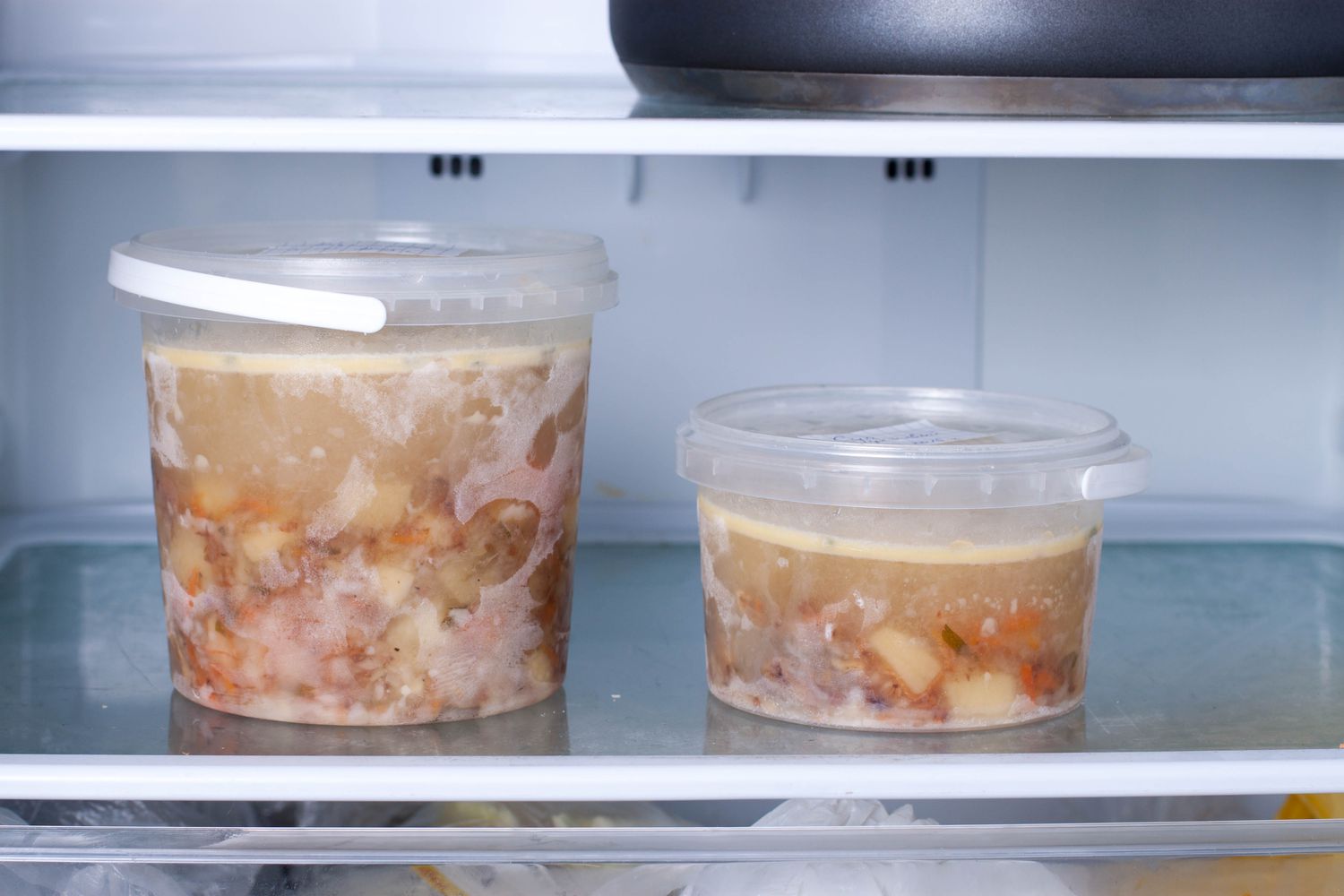

Articles
How To Store Soup
Modified: February 23, 2024
Learn the best tips for storing soup in this comprehensive guide. Discover the proper containers, temperature, and shelf life for preserving soups. Read more articles on our website!
(Many of the links in this article redirect to a specific reviewed product. Your purchase of these products through affiliate links helps to generate commission for Storables.com, at no extra cost. Learn more)
Introduction
Welcome to the wonderful world of soup! Whether you’re a soup aficionado or just beginning to explore the joys of this comforting dish, one thing’s for sure – storing soup properly is essential to make the most of your culinary creations. Soup is not only delicious, but it’s also a versatile and convenient meal option that can be enjoyed on busy weeknights or savored as a warm and soothing treat during colder months.
In this article, we’ll explore the importance of proper soup storage and provide practical tips on how to store your soup to maintain its flavors, textures, and overall quality. We’ll cover everything from choosing the right storage containers to the best methods for cooling, refrigerating, and freezing soup. By following these guidelines, you’ll be able to enjoy your homemade soups for extended periods while preserving their deliciousness.
So, whether you’re preparing a hearty vegetable soup, a rich and creamy chowder, or a comforting chicken noodle broth, let’s dive into the art of storing soup and ensure that you can savor every spoonful.
Key Takeaways:
- Properly storing soup is crucial for maintaining freshness, flavors, and safety. From choosing the right containers to thawing and reheating, each step ensures delicious homemade soups for extended enjoyment.
- Airtight containers, proper cooling, and labeling are key to preserving soup. Refrigerating for quick access and freezing for long-term storage provide convenient options. Additional tips enhance the soup storage experience for delicious meals anytime.
Read more: How To Store Potato Soup
Why Properly Storing Soup is Important
Properly storing soup is not just about keeping it fresh and safe to consume – it also plays a significant role in preserving the flavors, textures, and overall quality of the soup. Here are a few reasons why it is important to store your soup properly:
- Food Safety: One of the primary reasons for storing soup correctly is to prevent foodborne illnesses. Bacteria can quickly multiply in improperly stored soups, leading to food poisoning. By following the correct storage methods, you can reduce the risk of contamination and ensure that your soup is safe to eat.
- Preserving Freshness: Proper storage techniques help to maintain the freshness of your soup. When exposed to air and fluctuating temperatures, soup can spoil quickly. Storing it in airtight containers and at the appropriate temperature can extend its shelf life and keep it tasting as delicious as the day it was made.
- Retaining Flavors: Soup is often made with a blend of aromatic herbs, spices, and savory ingredients that contribute to its distinct flavors. By storing it properly, you can help preserve these flavors. Improper storage can lead to flavor loss or the absorption of unwanted odors from the refrigerator or freezer.
- Prolonged Enjoyment: Storing soup properly allows you to enjoy it for an extended period. Whether you have made a large batch for future meals or have leftovers from a comforting dinner, knowing how to store soup effectively ensures that you can savor it at your convenience.
Now that we understand the importance of properly storing soup, let’s move on to the next step: choosing the right storage containers.
Choosing the Right Storage Containers for Soup
When it comes to storing soup, selecting the right containers is crucial to maintain its freshness and prevent any leaks or spills. Here are some factors to consider when choosing the appropriate storage containers for your soup:
- Airtightness: Look for containers with airtight seals to prevent air from entering and spoiling your soup. This helps in preserving the flavors and keeping the soup fresh for longer periods.
- Material: Opt for containers made from materials that are safe for storing food. Glass, stainless steel, and BPA-free plastic containers are excellent choices. Avoid using containers made from materials that may leach harmful chemicals into your soup.
- Size: Consider the portion size you’ll be storing and choose containers that can hold the desired amount of soup. It’s beneficial to have a variety of container sizes to accommodate different serving sizes and minimize wasted space.
- Stackability: If you have limited storage space, consider containers that are stackable to maximize efficiency and save space in your refrigerator or freezer.
- Freezer-Safe: If you plan to freeze your soup for prolonging its storage, ensure that the containers are freezer-safe and can withstand low temperatures without cracking or breaking.
- Ease of Cleaning: Look for containers that are easy to clean, either by hand or in the dishwasher. Removable lids or containers that are safe for the microwave can be an added bonus.
Consider investing in quality, reusable containers that are specifically designed for storing soup. These containers are often microwave-safe, dishwasher-safe, and have leak-proof lids, making them convenient for both storing and reheating your soup.
By carefully selecting your storage containers, you can ensure maximum freshness, minimize food waste, and streamline your soup storage process. Now that we’ve chosen the right containers, let’s move on to the next step: cooling soup before storage.
Cooling Soup Before Storage
Before you can proceed with storing your soup, it’s essential to properly cool it down. Cooling soup before storage helps to prevent bacterial growth and maintain its quality. Here are some guidelines to follow when cooling soup:
- Transfer to Shallow Containers: To speed up the cooling process, transfer the hot soup to shallow containers. This increases the surface area, allowing the heat to dissipate more quickly.
- Place in an Ice Bath: For rapid cooling, you can place the containers of hot soup in an ice bath in the sink. Fill the sink with a mixture of ice and water and submerge the containers. Stir the soup occasionally to distribute the heat evenly.
- Use a Cooling Rack: If you’re short on counter space or prefer not to use an ice bath, you can also cool the soup on a cooling rack. Place the containers on the rack, ensuring there is sufficient airflow around them to facilitate faster cooling.
- Stir Occasionally: While the soup is cooling, give it an occasional stir to help release heat and promote even cooling throughout the pot or container.
- Temporarily Cover: While the soup is cooling, you can loosely cover the containers with a lid or plastic wrap to prevent any potential contamination. Once the soup has cooled completely, replace the temporary covers with airtight lids for long-term storage.
It’s important to note that you should never leave hot soup out at room temperature for an extended period, as this promotes the growth of bacteria. Once the soup has cooled down to room temperature, it’s time to proceed with the storage process.
Now that your soup is cooled and ready for storage, let’s move on to the next step: storing soup in the refrigerator.
Storing Soup in the Refrigerator
When it comes to storing soup in the refrigerator, it’s important to ensure that it is kept at a safe temperature to prevent bacterial growth and maintain its quality. Here are the steps to properly store soup in the refrigerator:
- Cool Soup Completely: Before placing the soup in the refrigerator, make sure it has cooled down completely. Hot or warm soup can raise the temperature inside the refrigerator, potentially compromising the safety of other foods stored in it.
- Divide into Smaller Portions: If you have a large batch of soup, consider dividing it into smaller portions before storing. This allows for quicker and more uniform cooling and also makes it easier to reheat only what you need.
- Use Airtight Containers: Transfer the cooled soup into airtight containers, leaving some headspace to allow for expansion. Make sure the lids are tightly sealed to prevent any air or odors from entering the soup.
- Label and Date: It’s important to label each container with the name of the soup and the date it was prepared. This helps you keep track of the freshness and avoid storing it for too long.
- Place in the Refrigerator: Store the containers of soup on the middle shelf or in the designated food storage area in your refrigerator. This ensures consistent cooling and prevents the soup from coming into contact with other potentially contaminated foods.
- Consume Within 3-4 Days: Homemade soups are best consumed within 3-4 days of storage in the refrigerator. Be mindful of the storage time and consume the soup before it spoils or loses its quality.
Storing soup in the refrigerator allows for easy access and quick reheating when you’re ready to enjoy it. However, if you want to extend the storage time even further, freezing your soup is a great option, which we will explore in the next section.
Now that you know how to store soup in the refrigerator, let’s move on to the process of freezing soup for long-term storage.
Store soup in airtight containers to prevent freezer burn and maintain freshness. Label with the date and use within 3-4 months for best quality.
Read more: How To Store Chicken Soup
Freezing Soup for Long-Term Storage
Freezing soup is an excellent way to extend its shelf life and have a convenient stash of ready-to-eat meals or ingredients on hand. However, it’s important to follow proper freezing techniques to maintain the quality of the soup. Here’s a step-by-step guide for freezing soup:
- Cool Soup Completely: As with storing soup in the refrigerator, ensure that the soup has cooled down completely before freezing. This prevents the formation of ice crystals and helps maintain the texture and flavor of the soup.
- Choose Freezer-Safe Containers: Select containers specifically designed for freezer storage. These can be freezer-safe plastic containers, glass jars with wide mouths, or resealable freezer bags. Make sure the containers are airtight and can withstand low temperatures without cracking or breaking.
- Divide into Portions: Divide the soup into individual or meal-sized portions. This allows for easy thawing and reheating of only the desired amount without having to thaw the entire batch.
- Remove Excess Air: If using plastic containers or bags, remove as much air as possible before sealing to prevent freezer burn. You can press the plastic wrap against the surface of the soup or use a vacuum sealer.
- Label and Date: Label each container or bag with the name of the soup and the date it was prepared. This helps you keep track of the contents and ensures that you use the oldest soup first.
- Stack and Freeze: Place the containers or bags of soup in a single layer on a flat surface in the freezer. Once they are partially frozen, you can stack them to save space. Avoid overcrowding the freezer to allow for proper airflow and faster freezing.
- Store for Up to 3 Months: Most soups can be stored in the freezer for up to three months without significant degradation in quality. However, some soups with dairy or delicate ingredients may not freeze as well, so it’s best to consume those within a month.
By following these steps, you can ensure that your soup freezes well and remains delicious when you’re ready to enjoy it. Now that you have soup stored in the freezer, let’s move on to the process of thawing and reheating.
Next, we’ll explore how to thaw and reheat your frozen soup to bring it back to its warm and flavorful state.
Thawing and Reheating Frozen Soup
When it’s time to enjoy your frozen soup, proper thawing and reheating techniques are essential to maintain its taste and texture. Here’s a step-by-step guide on how to thaw and reheat frozen soup:
- Thaw in the Refrigerator: The safest way to thaw frozen soup is by transferring it from the freezer to the refrigerator. Allow the soup to thaw slowly in the fridge overnight or for several hours, depending on the size and thickness of the frozen portion. This gentle thawing method helps retain the flavors and prevents bacteria from multiplying.
- Use Cold Water Bath: If you’re short on time and need to thaw the soup quickly, you can place the tightly sealed container in a cold water bath. Submerge the container in cold water and change the water every 30 minutes to ensure it stays cold. Avoid using hot water, as it can partially cook the soup and promote bacterial growth.
- Reheat on Stove: Once the soup is completely thawed, transfer it to a saucepan or pot. Reheat it on the stove over low to medium heat, stirring occasionally to ensure even heat distribution. Bring the soup to a gentle simmer, but avoid boiling it vigorously as this can overcook the ingredients and affect the texture.
- Microwave Reheating: If you’re short on time, you can reheat individual portions of soup in the microwave. Transfer the thawed soup to a microwave-safe bowl and heat it in intervals, stirring occasionally to prevent hot spots. Adjust the microwave power and time accordingly to avoid overheating or drying out the soup.
- Check for Safe Internal Temperature: Regardless of the reheating method, it’s essential to ensure that the soup reaches a safe internal temperature of 165°F (74°C) to eliminate any potential bacteria or pathogens.
- Enjoy and Dispose of Leftovers: Once the soup is reheated, serve it immediately and savor the delicious flavors. Remember to discard any leftovers that have been reheated but not consumed to avoid foodborne illnesses.
By following these guidelines, you can safely thaw and reheat your frozen soup, preserving its taste and quality. Now that you’re equipped with the knowledge of proper soup storage, let’s explore some additional tips and tricks to enhance your soup storing experience.
In the next section, we’ll provide some helpful tips and tricks for proper soup storage.
Tips and Tricks for Proper Soup Storage
Proper storage techniques can make a significant difference in extending the shelf life and maintaining the quality of your soup. Here are some additional tips and tricks to enhance your soup storage experience:
- Label and Organize: Properly label your containers with the name and date of the soup to easily identify them in the freezer or refrigerator. Organize your stored soups by type and date for convenience.
- Portion Control: Consider freezing your soup in single or individual serving portions. This allows you to thaw and enjoy only the amount you need, minimizing waste and ensuring easy meal planning.
- Keep a Soup Log: Maintain a log or spreadsheet to track the soups you freeze or store. Include details such as the type of soup, date prepared or frozen, and notes on any modifications or adjustments made to the recipe. This can be helpful for future reference and planning.
- Remove excess air: If using resealable freezer bags, squeeze out as much air as possible before sealing to minimize the risk of freezer burn and help the soup retain its quality.
- Use freezer-safe glass jars: If using glass jars for freezing, leave some headspace to allow for expansion during freezing. Avoid filling the jars up to the brim to prevent cracking or breakage.
- Consider vacuum sealing: If you frequently freeze soups or plan to store them for an extended period, investing in a vacuum sealer can help eliminate air and maintain the freshness of your frozen soup.
- Practice FIFO: FIFO stands for “First In, First Out.” When storing multiple containers of soup, remember to use the oldest ones first. This ensures that no soup goes to waste and that you’re always enjoying the freshest batches.
- Store concentrated stocks separately: If you often make large batches of stock or broth for soups, consider freezing the concentrated stock separately. This allows you to customize the flavors and quantities when preparing different soups.
- Use quality storage materials: Invest in high-quality storage containers that are leak-proof, airtight, and freezer-safe. This ensures that your soup is protected from contaminants and maintains its quality for longer periods.
- Properly thaw and reheat leftovers: If you have leftover soup that has been thawed and reheated, make sure to consume it within a few days and follow safe reheating guidelines to maintain food safety.
By following these tips and tricks, you can maximize the storage time and quality of your soups, ensuring that every spoonful is as delicious as the day it was made.
Now that you have a comprehensive understanding of proper soup storage, let’s wrap up our article.
Conclusion
Properly storing soup is essential to maintain its freshness, flavors, and overall quality. By following the right techniques, you can enjoy your homemade soups for extended periods while ensuring food safety. From choosing the right storage containers to cooling the soup before storage, and from storing it in the refrigerator to freezing it for long-term storage, each step plays a crucial role in preserving the taste and texture of your soups.
Choosing airtight containers, cooling the soup completely before storing, and labeling and dating each batch are key factors in keeping your soups fresh. Storing soup in the refrigerator allows for convenient access and quick reheating, while freezing it provides an option for long-term storage. Thawing and reheating the frozen soup properly help to maintain its flavors and ensure food safety.
Additional tips and tricks like portion control, proper organization, and using quality storage materials can further enhance your soup storage experience. By implementing these practices, you can enjoy delicious soups whenever you desire, whether it’s for a quick meal or a gathering with friends and family.
So, the next time you find yourself with a steaming pot of soup, remember to follow these guidelines for proper storage. Your future self will thank you for having a stash of conveniently stored soups ready to warm your heart and satisfy your taste buds.
Happy soup storing and enjoy your flavorful creations!
Frequently Asked Questions about How To Store Soup
Was this page helpful?
At Storables.com, we guarantee accurate and reliable information. Our content, validated by Expert Board Contributors, is crafted following stringent Editorial Policies. We're committed to providing you with well-researched, expert-backed insights for all your informational needs.
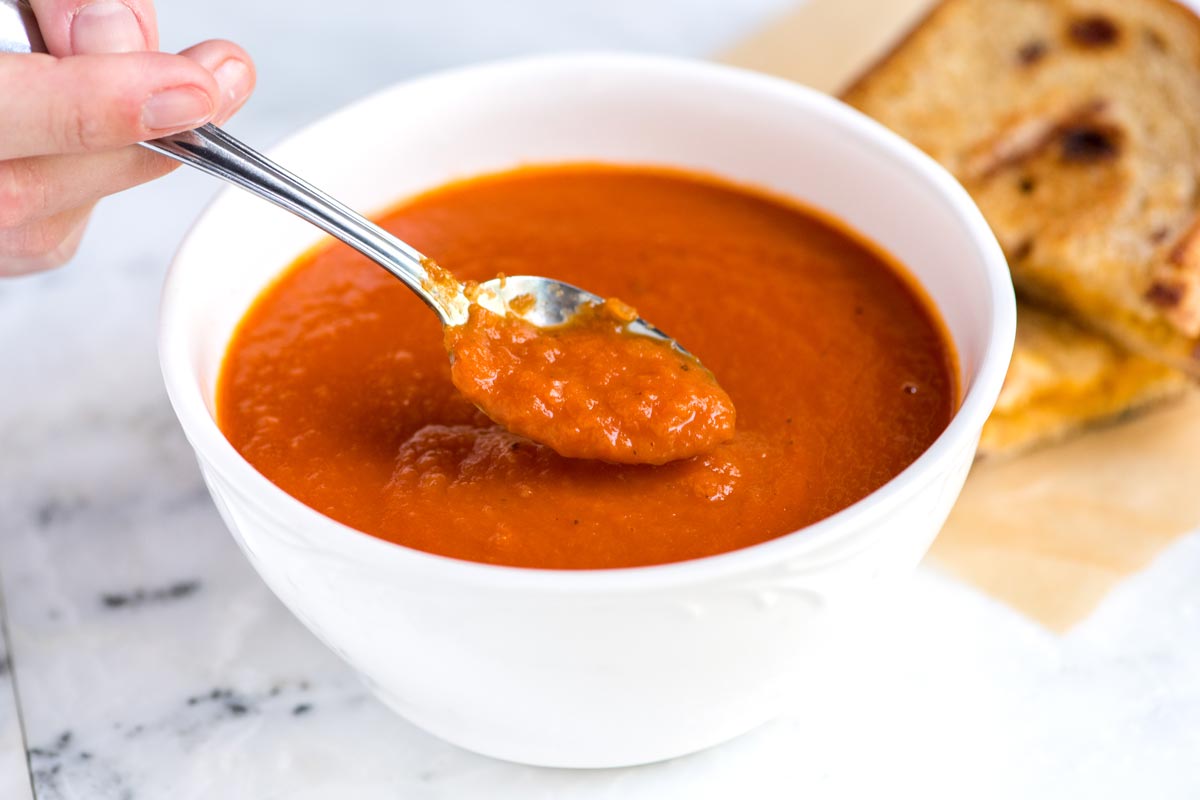




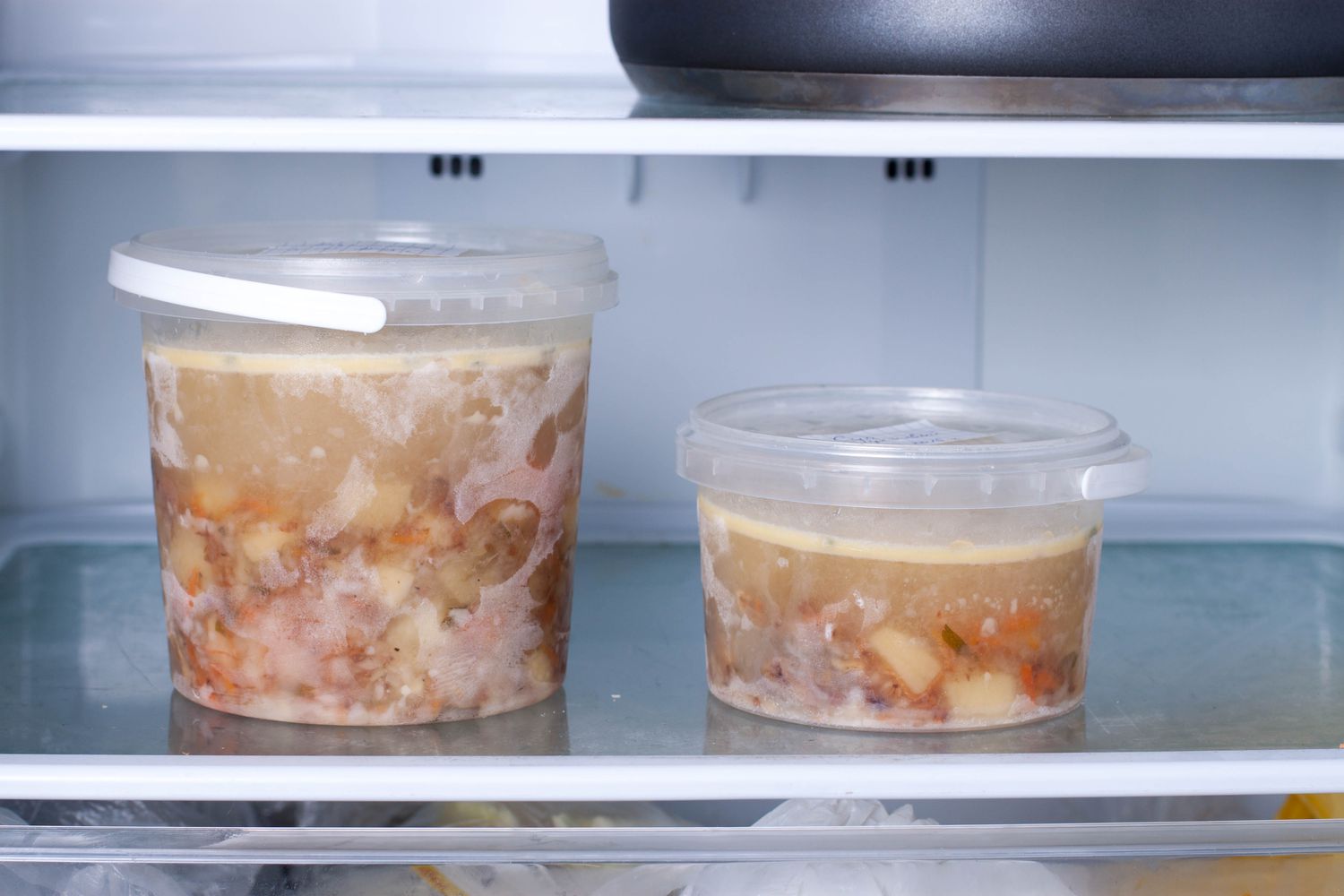



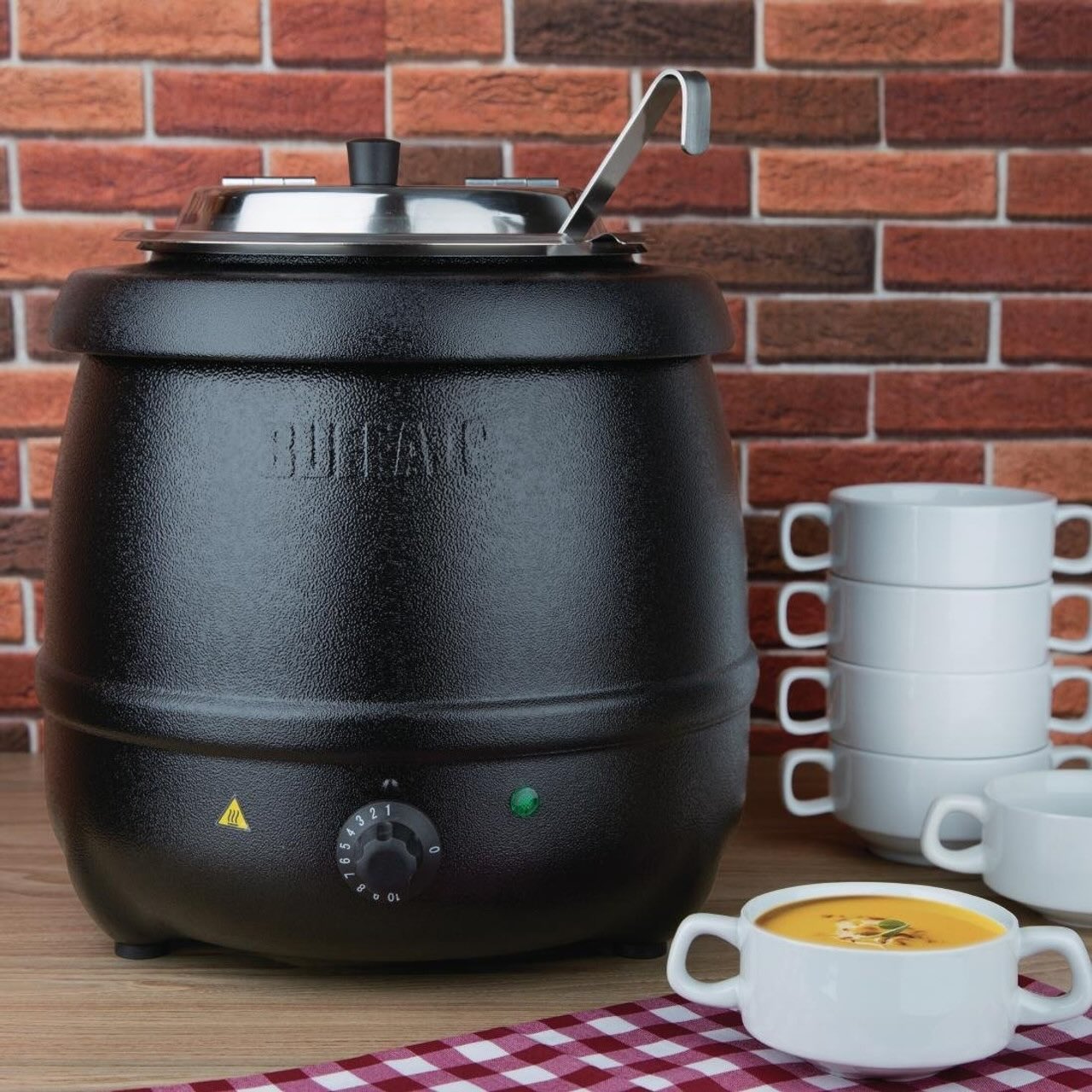
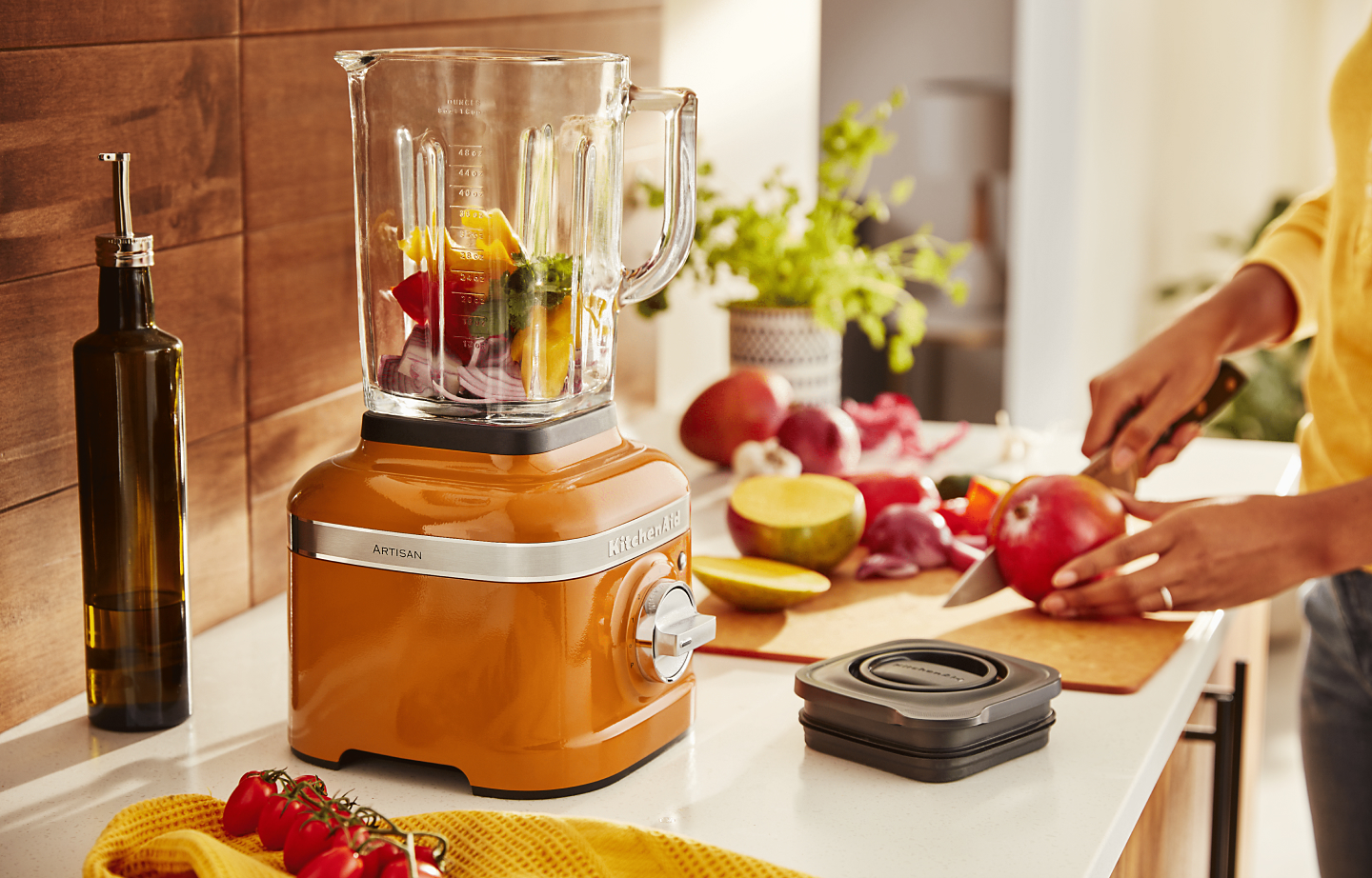
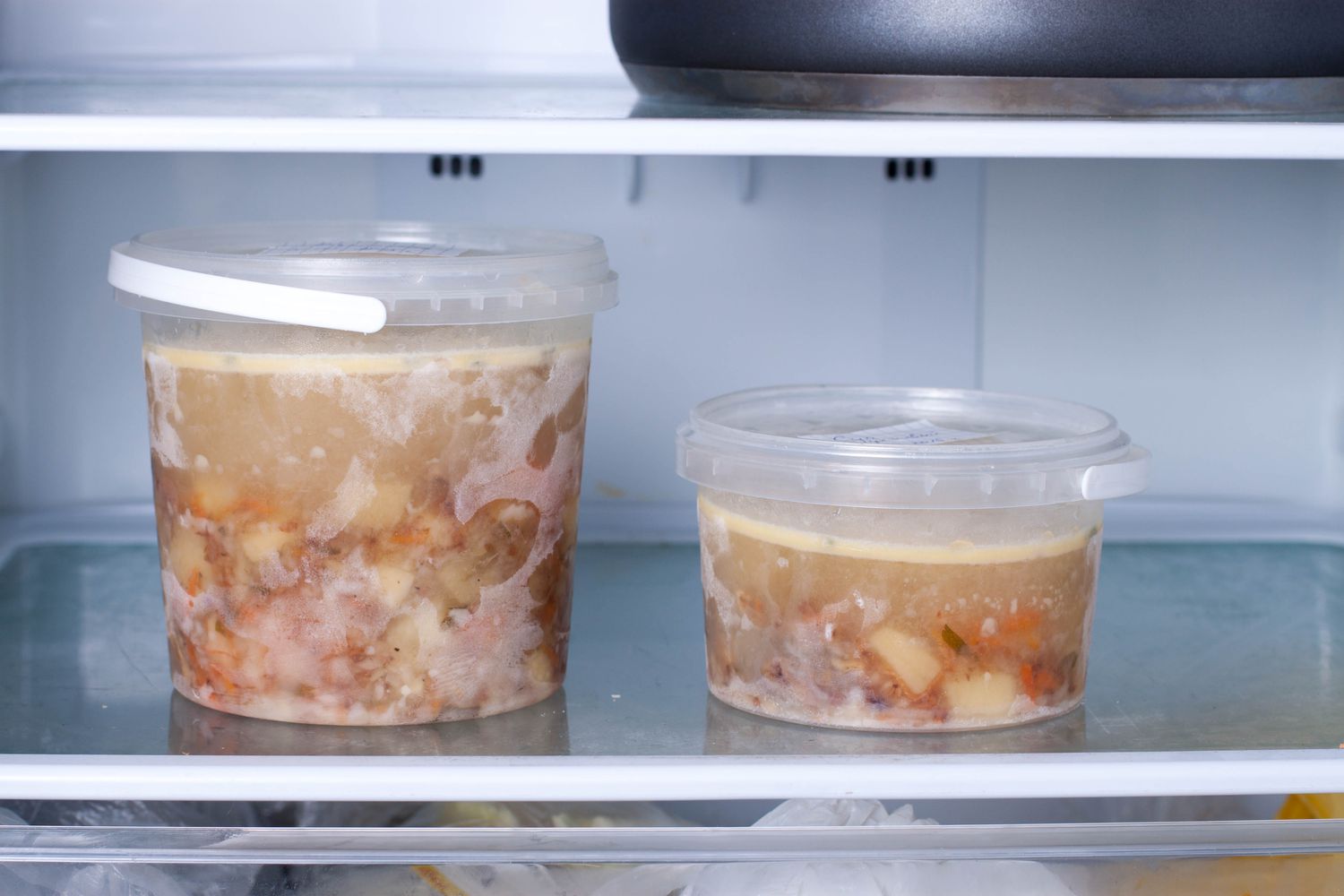
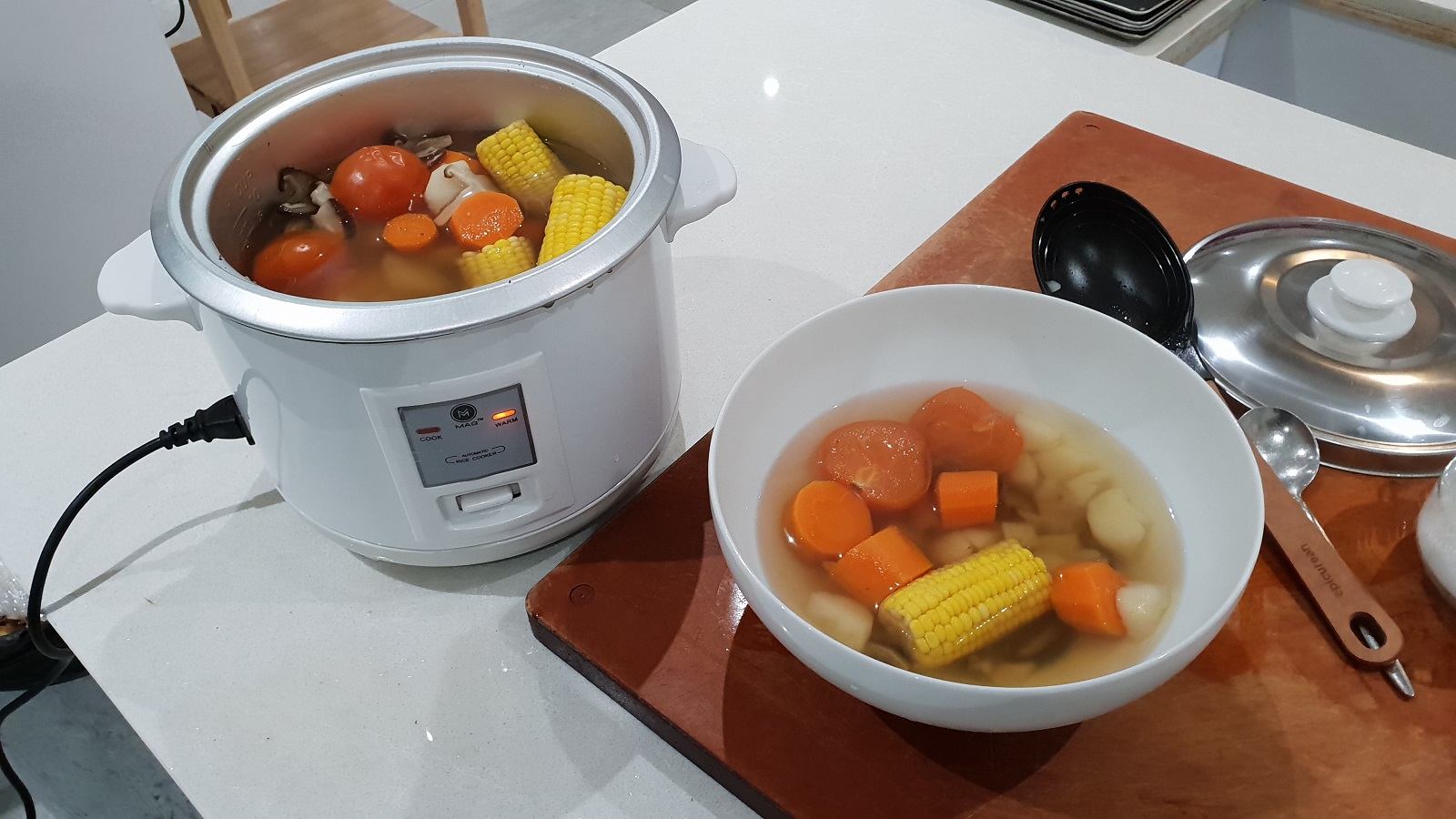


0 thoughts on “How To Store Soup”